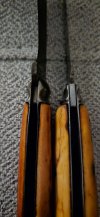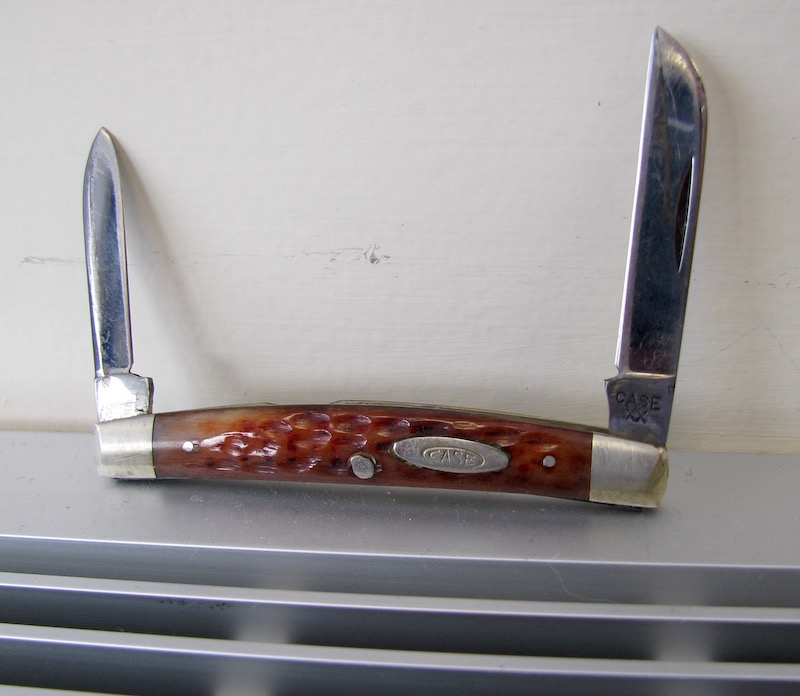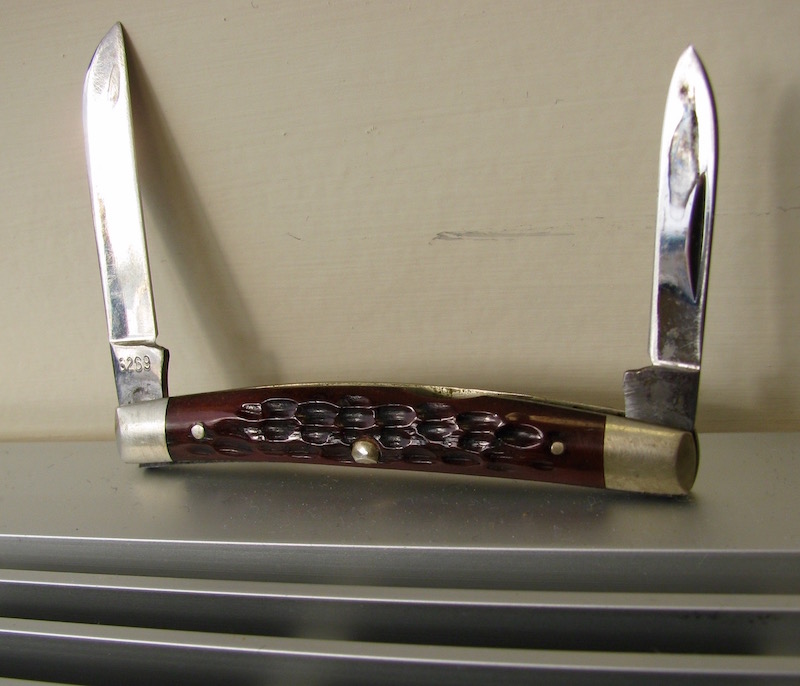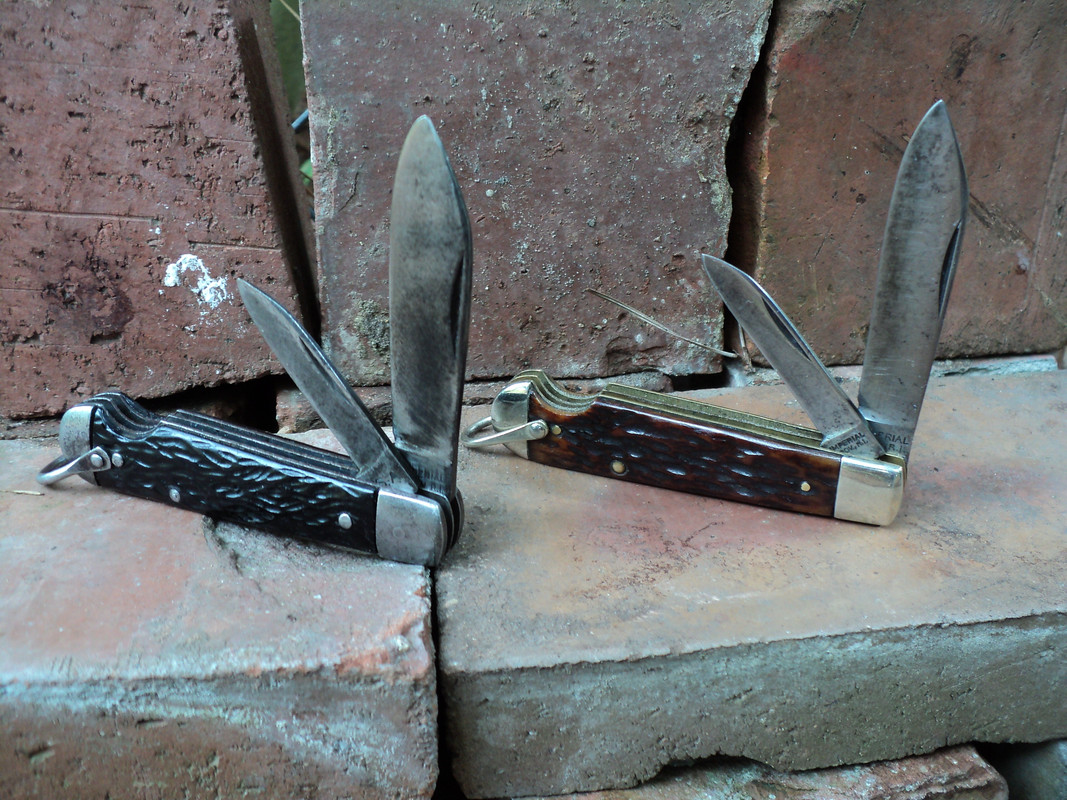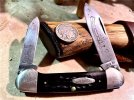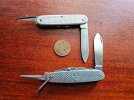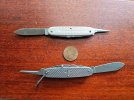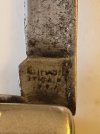Not trying to distract from the thread. It's a small bit of nuance, but something I feel is worth sharing so that either others know or I can be corrected.I have a Case 3220 Peanut from the 1950-'64 era. It has a pattern stamp, which Case didn't do until 1950 and later.
My understanding is that tested-era Case knives had pattern numbers, at least some of the time. But, starting sometime in 1949 every single Case knife has a pattern number stamped. So:
If a Case knife has a pattern number, this doesn't necessarily help you determine when it was made.
If a Case knife does not have a pattern number, it was made in 1949 or earlier.
Last edited:




